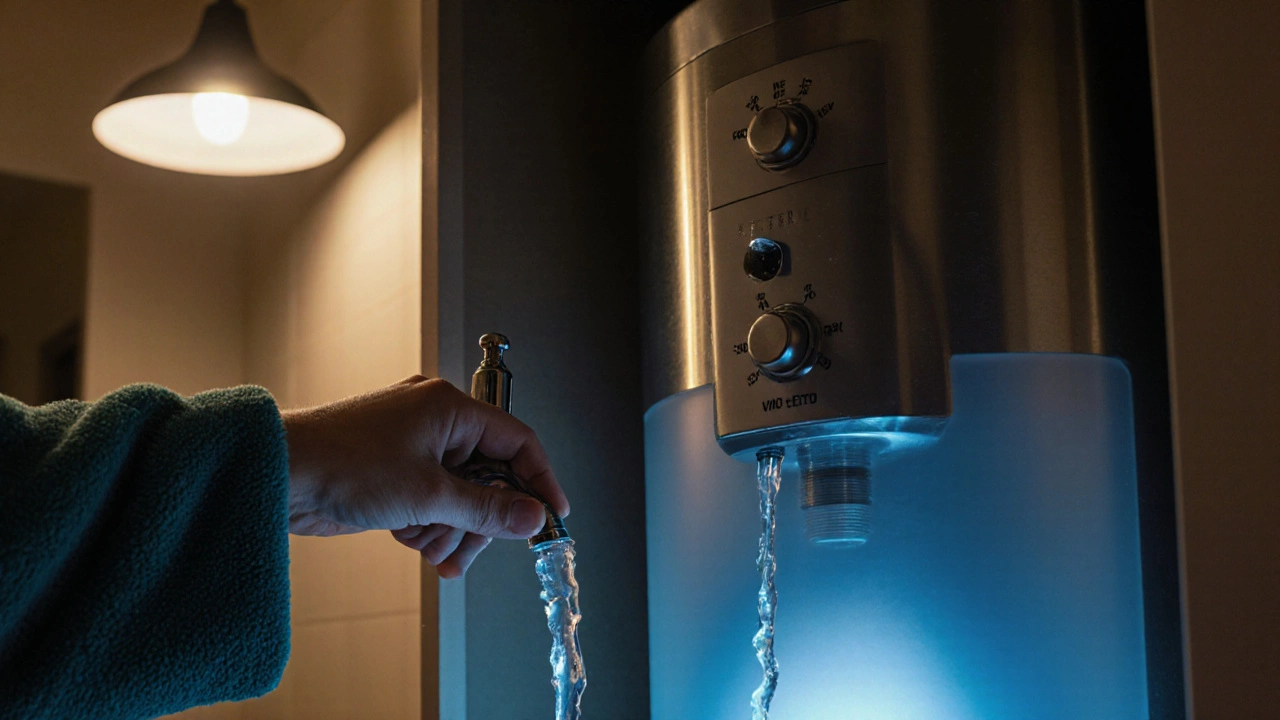Discover the most common cause of water heater failure, how to spot it, diagnose the issue, and keep your heater running longer with simple maintenance tips.
Water Heater Failure
When dealing with water heater failure, the sudden loss of hot water or erratic heating caused by component wear, electrical glitches, or sediment buildup. Also known as hot water outage, it often signals deeper system problems that need attention.
One of the most frequent symptoms is no hot water, a condition where the heater fails to raise water temperature at all or only does so intermittently. This issue usually stems from a failed thermostat, a broken heating element, or a blocked dip tube. Addressing water heater failure therefore requires solid water heater maintenance, regular flushing, anode rod checks, and electrical safety tests that keep the unit running efficiently. Skipping maintenance shortens the water heater lifespan, the typical service period of 8‑12 years for most UK models before major components need replacement, and raises the chance of sudden breakdowns.
Understanding the Core Issues
Think of a water heater as a simple loop: cold water enters, a heating element or gas burner raises the temperature, and a thermostat signals when to stop. When any link in that chain fails, the whole system collapses – that’s the core of the semantic triple: water heater failure encompasses no hot water situations. Another triple is: water heater failure requires regular maintenance. Finally, water heater lifespan influences the likelihood of failure. Recognizing these connections helps you troubleshoot faster. For instance, if you’re under the average lifespan and notice a drop in hot water volume, the first step is to check for sediment in the tank—clear, cheap, and often solves the problem.
Beyond the basics, many homeowners overlook the safety side. A faulty gas valve or a corroded electric heating element can pose fire or carbon‑monoxide risks. That’s why a certified technician should inspect gas‑connected units once a year, while electric models benefit from a visual inspection and multimeter test every six months. When you pair these checks with a flush to remove mineral deposits, you’re boosting efficiency and extending the unit’s usable years.
Below you’ll find a curated set of articles that walk you through diagnosing a cold‑shower scenario, flushing a ten‑year‑old tank, spotting the signs of a dying heating element, and deciding whether repair or replacement makes more sense for your specific situation. Whether you’re a first‑time DIYer or someone who prefers calling a pro, the collection gives you practical steps, cost insights, and safety tips you can act on right away.

